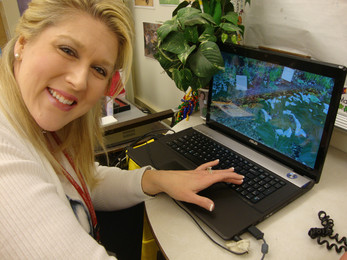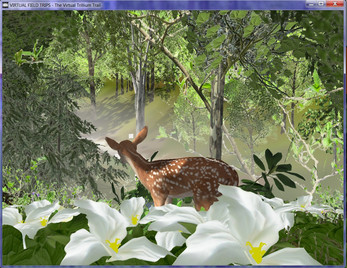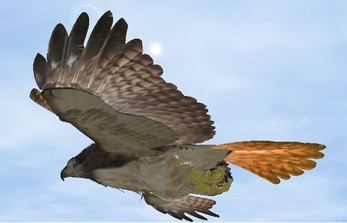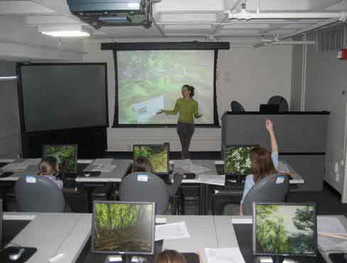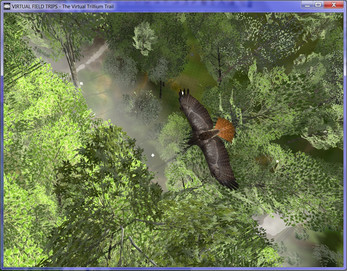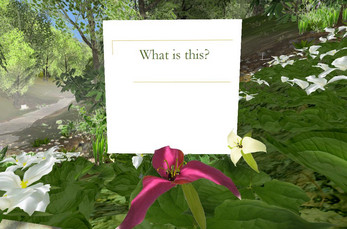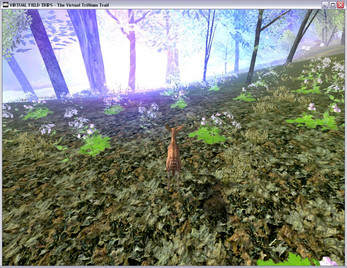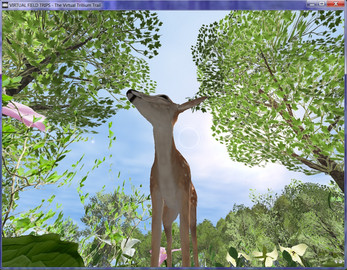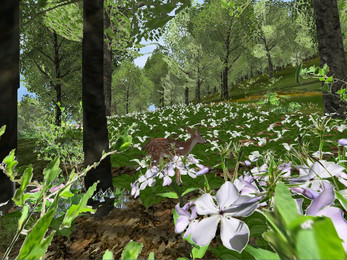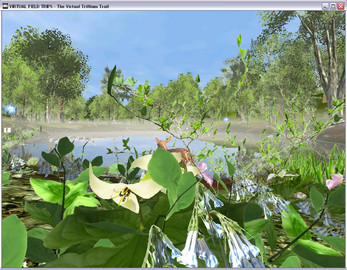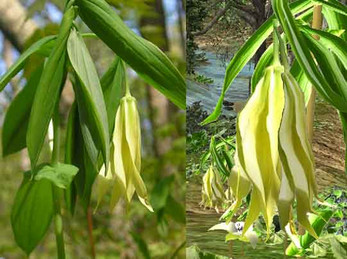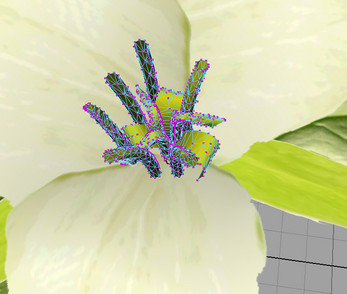The Virtual Trillium Trail v. 2.0.4 (2008) - Educational STEM
A downloadable Nature
The Virtual Trillium Trail Project, Version 2.0.4, release date: 6/29/2011.
© August 2008, Maria C. R. Harrington
The Virtual Trillium Trail Project investigated the digital media design factors that resulted in impacts on emotions and learning outcomes. It was a Ph.D. dissertation in information science (research 2003-2008) that lead to significant findings on the immersive virtual environment (XR) design factors of information fidelity and navigational freedom on informal learning outcomes and emotions. The first version of the application was a MOD of Unreal Tournament. The download here was a redevelopment required to create the .exe file.
Real Virtual Comparison on Learning: A pilot study showed that the real field trip outperformed the virtual in total learning, but when virtual content was identical to the real content the learning outcomes were the same. Priming, transfer, and reinforcement were learning outcomes, which indicated that the best educational practices are to use the virtual and real experiences together to prime, transfer, and reinforce the real, not as a replacement for the real.
Visual Fidelity and Navigational Freedom and as Design Factors with Measured Impacts on Learning and Emotions: There is significant interaction between Visual Fidelity and Navigational Freedom, as design factors on changes in test scores, as measured in Knowledge Gained. Visual Fidelity is strong and significant as a factor, and Navigational Freedom shows a strong trend. The combined conditions of both High Visual Fidelity and High Navigational Freedom resulted in superior Knowledge Gained on tests, (Mean = 37.44% increase in test scores, SD = 13.88) when compared to the Low Visual Fidelity and Low Navigational Freedom conditions (Mean = 20.93 % increase in test scores, SD = 13.36).
The project collaborated with Gabi Hughes, Environmental Educator,Audubon Society of Western Pennsylvania, who coordinated the Fox Chapel Area School District environmental science education program. Teachers, especially Beth Durbin, from the Fox Chapel Area School District, were instrumental and supportive. Volunteer third, fourth, and fifth grade students from the greater Pittsburgh area participated in the IRB approved research. In addition, Professor Susan Kalisz, Department of Biological Sciences, at the University of Pittsburgh, and senior research associate Jessica Dunn, collaborated and provided the plant population data sets of the real field trip location required to build the visualization of the park.
The Virtual Trillium Trail is a unique data simulation and visualization of Dr. Kalisz’s long-term NSF biological plot study data, unlike any other virtual world for education and a model of Virtual Nature. Furthermore, the location of the Trillium Trail Wildflower Reserve is the site for many science school field trips, created and lead by the Audubon Society of Western Pennsylvania. The combination of the biological data and the proven educational approaches (from 1968, Beulah Frey, Ruth Scott and Ruth Boyles) offered an ideal and successful real world learning experience to model, on which to base a computer simulation for research into the usability of virtual worlds, and to better understand patterns of intrinsic learning found in informal settings.
It is old! 2008 was a long time ago, but it still works!
| Status | Released |
| Publisher | |
| Release date | Jun 29, 2011 |
| Author | The Harrington Lab |
| Genre | Educational, Simulation |
| Made with | Torque 3D |
| Tags | botany, data-visualization, Gardening, Immersive, nature, pennsylvania, stem, virtual-field-trip |
| Average session | Days or more |
| Languages | English |
| Inputs | Keyboard, Mouse |
| Links | Homepage, Blog |
Download
Install instructions
Minimum PC Windows System Requirements
- Windows 7 / XP
- Intel / AMD Dual-Core
- CPU@2.4 GHz
- 100% DirectX compatible DirectX 9
- 4GB RAM
- 1 GB Graphics Card (NVIDIA)
Credits and Research Support:
